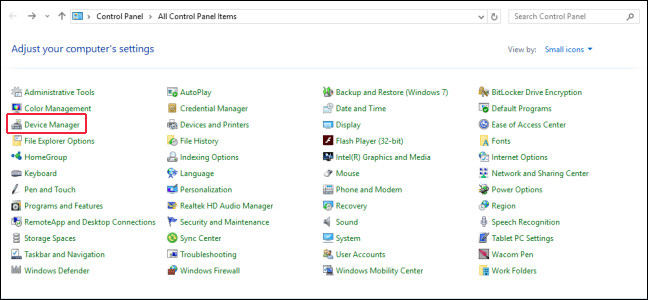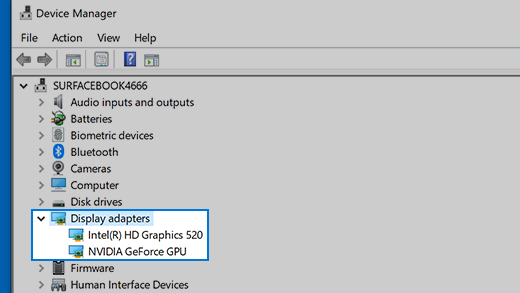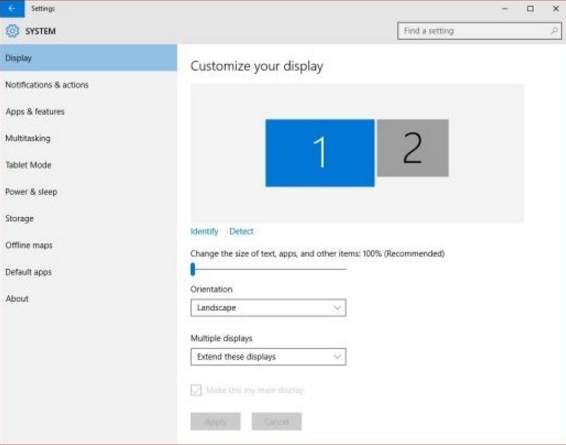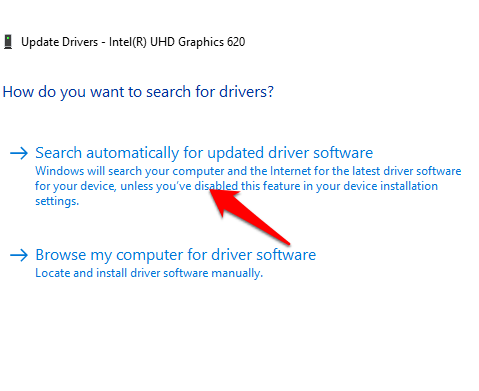

- #Intel graphics and media second monitor not detected drivers#
- #Intel graphics and media second monitor not detected update#
- #Intel graphics and media second monitor not detected driver#
- #Intel graphics and media second monitor not detected full#
Cable plugged in on the other end, and I stuck it into my machine, and literally nothing happened - no signal to the projector, no panels popping up on my machine, and when I manually opened Display, only one monitor (the laptop's built-in screen) was available.

In that case, the Display control panel opens automatically, along with a second panel to choose mirror displays, left or right etc.īut, last weekend, in a live-coding situation (where my screen is supposed to be projected), the video guy said it was a direct line from the projector, but I got nothing. It seems that it pretty much always works if the cable is plugged into the monitor first, and it's a direct cable to the computer. My "Display" settings panel enables "Configure new displays when connected." ThinkPad E470c, Ubuntu Studio 16.04, XFCE 4.12.
#Intel graphics and media second monitor not detected full#
If GPU and display are both compatible, you always want full range RGB support.Quite often, XFCE fails to detect when an HDMI monitor or projector is plugged in.

As a result, the image is actually using only integer values 35-235 meaning you get better compability with old displays but lose about 22% of all possible colors due less effective bits available for the signal. Limited range RGB transmits the image with 8 bit integers but all values 0-35 result in black and all values 235-255 result in white. The technical difference is that full range RGB uses full 8 bit range from integer value 0 to 255 where 0 is black and 255 is white. 1080p) and some manufacturers have decided to use the selected signal timing as the flag to automatically switch between limited range and full range RGB. The technical reason for video mode affecting the RGB range is that historically TVs and monitors have used slightly different signal timing even for the same resolution (e.g.

#Intel graphics and media second monitor not detected drivers#
Some drivers have explicit setting for Full Range RGB vs Limited Range RGB, some drivers require selecting slightly different video mode.
#Intel graphics and media second monitor not detected driver#
This will result in correct white and black limits but will cause more banding in colors.Ī good fix is to locate the correct setting in display driver (GPU) settings. Poor fix is to change the monitor to limited range RGB mode. The limited range RGB is used for historical reasons on TVs whereas full range is historically used with computer monitors. Such washed out image is caused by monitor expecing "Full range RGB" signal but the GPU is sending "Limited range RGB". Also, the desktop background will go black and I will only be able to select colors from the personalize menu, not an image.ĭoes anyone have any idea what is going on and how I could fix this?
#Intel graphics and media second monitor not detected update#
So the problem seems to disappear if the laptop is started without the driver installed, but if it is already installed on start up, then the problem occurs.Ī peculiar thing I noticed as well is if I select 'Second screen only' from the Windows 10 project menu, the monitor will sometimes not appear washed out, however if I select it from the Intel HD Graphics menu, then it will appear washed out as long as the laptop booted up with the drivers already installed.Ī couple other symptoms I noticed since trying to update the graphics driver are black right-angle triangles seem to appear on pop-up menus, but only on the secondary display. However, if I restarted the laptop again the problem returned. Once restarted, the video card automatically reinstalled the driver and the problem appeared to go away. Since then I attempted to uninstall the Intel HD Graphics driver, which caused the laptop to restart. However, the problem first occurred if I had an HDMI cable plugged in before I had unlocked the laptop. So this problem seems to be occurring whenever I right click on my desktop, and select Graphics Options > Output To and then select my secondary display. Here is what my monitor should look like:Īnd this is what my monitor looks like when I say it is: I recently bought a Dell XPS 15 with an Intel HD Graphics 530 installed.


 0 kommentar(er)
0 kommentar(er)
